Settai Komura (1887–1940) was a refined yet prolific Shin Hanga artist. As a kabuki stage set designer, he produced around 200 works. He also was an illustrator, painter and designer, ranging from woodblock prints, to posters, to advertising.
Donald Jenkins introspections on Settai typical attention to the domestic architecture and to the details are pretty much resumed in this passage:
“There can be an eloquence in leaving things unsaid; images can often express as much by what they withhold as what they reveal. Japanese artists seem to know this instinctively and almost invariably prefer to suggest or imply and thus intrigue the viewer’s imagination rather than spell things out too explicitly It is an approach that can be baffling to Westerners. Used to a more direct form of presentation, we sometimes miss the point entirely. Could that be the case here? What, after all, is happening in this print? Actually all we see is an empty verandah-like room projecting into an equally empty garden. A few slender, all but leafless branches hang down from an unseen tree in front of the thatched roof of the porch. Fallen leaves are scattered evenly across the ground, suggesting flecks of color in a textured fabric. What we do not see is as important as what we do. We know that whoever owns or uses the little room must be a person of taste and sensitivity: everything about the room is immaculate and refined; the narrow lacquer table and low chest are elegant yet almost severely simple and fit perfectly with the geometry of the bare tatami. The openness of the room, too, is significant, the way it becomes an island in the midst of the tranquil garden. It tells us that the owner finds refreshment in the contemplation of nature, in the randomness and change that nature, following its own rhythms, introduces into even the most orderly life. The view down into the room, the steep tilt of the ground plane, and the emphasis on diagonals are all conventions found already in some of the earliest japanese handscrolls dating from the 12th century Settai clearly wanted us to think of this work in traditional terms”.
Ref: Jenkins, Donald, “Images of a Changing world, Japanese Prints of the Twentieth Century” Portland Art Museum 1983-84 Exhibition catalog.
Via: The Art of Japan































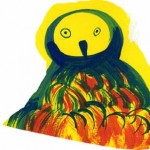
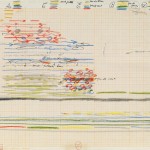
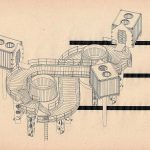
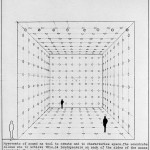
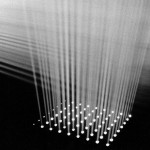
I am quite surprised that Mr.Settai KOMURA became popular among international art fans. Just from 6th Feb 2021, here in Japan, at Mitsui Memorial Museum, Tokyo, started the special exhibit of Settai KOMURA.
Currently, I am sure, it is quite difficult to come and enjoy the exhibit, but maybe the foreign citizen living in Japan can visit, I hope.
Please check the website below.
http://www.mitsui-museum.jp/english/english.html
Thanks a lot! We would surely love to visit the exhibition!